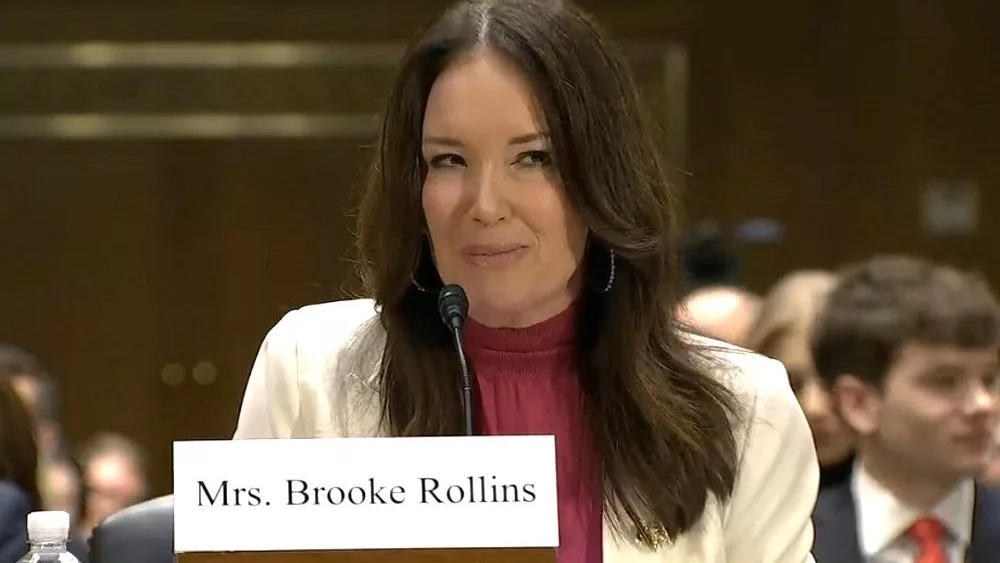USDA’s Food Safety and Inspection Service (FSIS) has issued a comprehensive proposed rule and determination to more effectively reduce Salmonella contamination and illnesses associated with raw poultry products.
This is the culmination of a three-year effort to reevaluate their strategy for controlling Salmonella rates in poultry and protect American consumers from foodborne illness linked to consumption of poultry products.
Salmonella bacteria cause over 1 million human infections in the United States each year, according to the Centers for Disease Control and Prevention (CDC). Food is the leading source of Salmonella infections and poultry is among the leading sources of foodborne Salmonella illnesses.
FSIS estimates that there are 125,000 chicken-associated and almost 43,000 turkey-associated foodborne Salmonella illnesses per year. Despite FSIS data indicating that Salmonella contamination in poultry products has been decreasing, there has not been an observed reduction in Salmonella illnesses.
“Far too many consumers become sick from poultry contaminated with Salmonella, and today’s announcement marks a historic step forward to combat this threat,” said Agriculture Secretary Tom Vilsack. “This proposed framework is a systematic approach to addressing Salmonella contamination at poultry slaughter and processing, which includes enforceable standards that will result in safer food for consumers and fewer illnesses.”
The proposal would establish final product standards to prevent raw chicken carcasses, chicken parts, ground chicken, and ground turkey products that contain any type of Salmonella at or above 10 colony forming units (CFU) per gram/ml and any detectable level of at least one of the Salmonella serotypes of public health significance from entering commerce.
The proposed Salmonella serotypes of public health significance identified for raw chicken carcasses, chicken parts, and comminuted chicken are Enteritidis, Typhimurium, and I,4,[5],12:I:- ; and for raw comminuted turkey are Hadar, Typhimurium, and Muenchen. The proposal would also require poultry establishments to develop a microbial monitoring program to prevent pathogen contamination throughout the slaughter system.
“The proposed Salmonella framework is grounded in data and rigorous scientific evaluation, and it reflects feedback from extensive stakeholder engagement,” said USDA Under Secretary for Food Safety Dr. Emilio Esteban. “We encourage all interested stakeholders to submit comments and relevant data on the proposal as we work to finalize data-driven, science-based regulatory policies to address Salmonella in poultry.”
Since 2021, FSIS initiated several activities designed to gather data and information to inform the framework proposed rule and determination. These activities included; charging the National Committee on Microbiological Criteria for Food to provide guidance on the types of microbiological criteria the agency might use to better prevent Salmonella infections associated with poultry products; conducting a risk profile for pathogenic Salmonella subtypes in poultry and developing two quantitative risk assessments; hosting a public meeting and several roundtables; conducting an exploratory sampling program for young chicken carcasses to generate microbial data and adding quantification to FSIS’ Salmonella testing program.
The Salmonella framework proposed rule and determination builds on FSIS’ continued efforts under the Biden-Harris Administration to protect American consumers, including preventing false and misleading label claims. As part of this effort, earlier this year, FSIS published a final determination to declare Salmonella an adulterant in raw breaded stuffed chicken products when they exceed the threshold of 1 CFU per gram of Salmonella contamination. FSIS also announced this year a final rule allowing the voluntary “Product of USA” claim to be applied only to those FSIS-regulated products that are derived from animals born, raised, slaughtered and processed in the United States.
Source: U.S. Department of Agriculture






